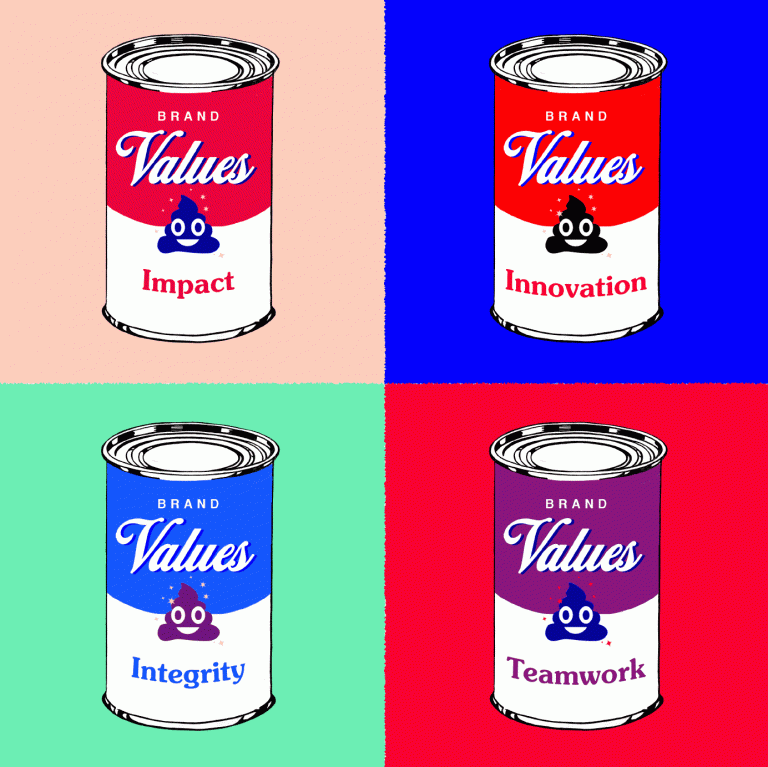The conversation de jour is ‘The Future of Work’. Everywhere you look, you’ll read about how the robots are coming to take our jobs. AI. Automation. Algorithms. Machine learning.
What does this mean for ‘human learning’ in the education and training sector?
Human learning isn’t going away, at least not until we can download upgrades to our personal operating systems Black Mirror style, or we can put on Elon Musk’s Wizard Hat (is there anything he can’t do?)

But the education system, the way education is delivered and the role that education institutes play in society is changing as we speak. It’s an exciting time to be in both the learning industry and the knowledge economy.
A lifetime of learning.
At the recent World Economic Forum in Davos, Switzerland, Jack Ma, CEO of Alibaba said that everything we teach our kids must change to prepare them for a future where they are not competing with machines for jobs, but using our innately human skills – independent thinking, values, teamwork, creativity, empathy – to create new careers.
It’s not only CEOs of the world’s biggest tech firms saying this, and it doesn’t just apply to kids. New jobs are already appearing as fast as old ones disappear. The New Works Smarts report by The Foundation for Young Australians predicts that the average 15 year old will have 17 jobs across five different careers throughout their lifetime. Each new job and career will require new skills, knowledge or training.
Education is no longer just the stage you go through before you get into the ‘real-world’ of work, it’s an ongoing pursuit – a lifetime of learning.
Selling the dream.
If we don’t know what the future of education and work looks like, where does that leave brand agencies and marketing teams? How do we sell ‘the dream’? What do we promise?
All this uncertainty about what jobs will be ‘in or out’ in the future makes it hard for education or ‘learning brands’ to market. Apart from a handful of examples, many traditional education providers find themselves in a messaging limbo – hedging their bets and broadcasting generic messages to their prospective clientele.
So how are tertiary education providers talking to their audiences in 2018? In an increasingly competitive market under threat from disruption, how are they differentiating themselves from their nearest known or unknown competitors in the eyes of student prospects?
We thought we’d find out.
To uncover the trends and explore the meaning and emotions behind the messages, we’ve conducted a survey into the brand positioning statements and campaign marketing messages of 115 tertiary education providers – universities and Vocational Education and Training (VET) providers – across Australia and New Zealand.
Why? To gain a deeper understanding of marketing and messaging trends in the sector and establish a baseline, as a means to create brand differentiation for more successful student acquisition, engagement and retention.
Selling the dream: Messaging trends in tertiary education has found that the top three brand positioning or campaign messaging themes making up almost ⅔ of all messages were:
Jobs
Messaging that puts employability first – careers, work, jobs, gaining experience, preparation, practical hands-on skills, work or ‘the real world’.
Inspiration
Messaging that inspires students to do or feel something – to aspire for more, to follow their dreams.
Future
Messaging that is specifically ‘future’ focussed, being prepared for the uncertainty of ‘new world’ at the institutions of ‘tomorrow’.
The survey found that, unsurprisingly, a good proportion of providers are playing it safe and focusing on selling jobs for today, or subtly sewing seeds of doubt about tomorrow and encouraging students to be prepared for an uncertain future.
So far, so obvious.
The third leading trend common to both university and VET providers was a bucket labelled inspiration – institutional cheerleading with motivational poster-ish, instagram-esque inspirational slogans to be the best you that you can be, whatever that may be. A sort of ‘aspirational generalism’.

Aspirational generalism.
What is that? And how did we get here? There’s a number of contributing factors that have combined to leave a large chunk of tertiary education providers in a messaging no-mans land.
Reason #1: Student as consumer? A unique relationship.
Students – especially high-school leavers – have a unique relationship with education providers that isn’t as clear-cut between customer and brand as with other sectors.
Indeed, students are split on whether they consider themselves ‘consumers’ of education. In a survey conducted by Universities UK into ‘What Students want from their University’, the question was posed whether they regard themselves as customers of their university. Around half of undergraduates say they regard themselves as a customer of their university (47%) while the other half say they would not (53%).
This grey area means that there is still some uncertainty on both sides as to the rules of engagement. However Head of Branding and Campaigns at Reading University, Karen Smalley, is much more certain about the relationship between learning brands and their customers:
“For too long there has been a little bit of snobbery about how we market universities, as if ‘we’re not a Dove soap, we don’t have to sell ourselves’. But of course you do … no-one in the university likes to talk about students as consumers, but that’s what they are and this is the second biggest investment they are likely to make in their life.
We don’t have to dumb it down, we have to talk about what you’re getting for your money. Let’s talk about how we position ourselves in a very commercial market, to a very savvy group of people and tell our stories through our students.”
Reason #2: Everything to everyone, or nothing to no-one?
In the Higher education and the power of choice report into reform, competition and the emerging consumer-driven market in Australian higher education, Ernst and Young advised:
To survive and succeed in the face of increased competition, universities at risk of losing market share will need a clearly differentiated market position and a strong alignment of the student experience and brand promise.
Education providers that have historically offered a vast menu of different study paths and career outcomes have effectively been ‘everything to everyone’. However, as they say, the risk of being everything to everyone, is that you end up being nothing to no-one.
It’s extremely hard to authentically differentiate in the marketplace without actually having a point of difference, and this will become even more pronounced as consumer choice becomes greater.
Reason #3: Brand vs reputation. A relatively immature market.
In contrast to other sectors, branding is relatively immature in education.
Historically, education providers didn’t consider themselves as commercial ‘brands’ in the contemporary sense of the word, but traded on reputation. What’s the difference? Here’s a great definition of the difference between the two from the MIT Sloan Management Review:
Brand is “customercentric” (in a word – proactive). Reputation is “companycentric” (in a word – protective).
A strong brand helps communicate that the company and its offerings are relevant and uniquely able to meet customer needs. A solid reputation is desirable because all businesses ultimately depend (either directly or indirectly) on the goodwill of the governments and communities in which they operate.
These ‘protective’ reputations were based more on perceived quality or prestige, specialisation, location, or scarcity i.e. high entry scores, limited places and cost. ‘Proactive’ brand, marketing and communications programs were not essential when there was a smaller pool of learning providers, and when you had to physically go to a place to learn.
But the game has changed.
In a more customercentric era, large institutions can’t rest on reputation or proximity alone anymore. Learning is no longer monopolised by sandstone institutions, it’s easily accessible to anyone, anywhere, at anytime. MOOCS like edX, Lynda, Khan Academy, and platforms like LinkedIn Learning present a vast number of learning paths to choose from, and some free, to train, re-train, skill-up, change career, start-up etc. You can even do a swearing cooking masterclass with Gordon Ramsey. How f*cking good is that?

In a more competitive marketplace, the vague promise of a ‘better tomorrow if you enrol today’ isn’t enough. Students of tomorrow need more compelling reasons to believe the hype.
Why? The reasons are piling up, but here’s a few:
- Young people are now paying more than double the cost for higher education than the generation before – and much more than the free education obtained by their parents’ generation.
- They’ve read the stories about how long it now takes to find a full-time job after study.
- They’re worried if their chosen career will exist after they finish their four years of study.
So what does this mean?
With so much choice available the balance of power has moved from the educators to the educated, and competition is fierce for the minds of learners. Location, reputation and ‘aspirational generalism’ just won’t cut it anymore.
Tertiary education providers – learning brands – can’t be everything to everyone, and must differentiate by finding an authentic and truthful voice. They need to look for richer, unique and more innovative ways to attract, engage and retain students – not for just for a few years, but over a lifetime of learning.
The Future Starts Here.
You’ve got to know the rules before you can break them.
Find out what they are in our report, available now. Download your free copy.



